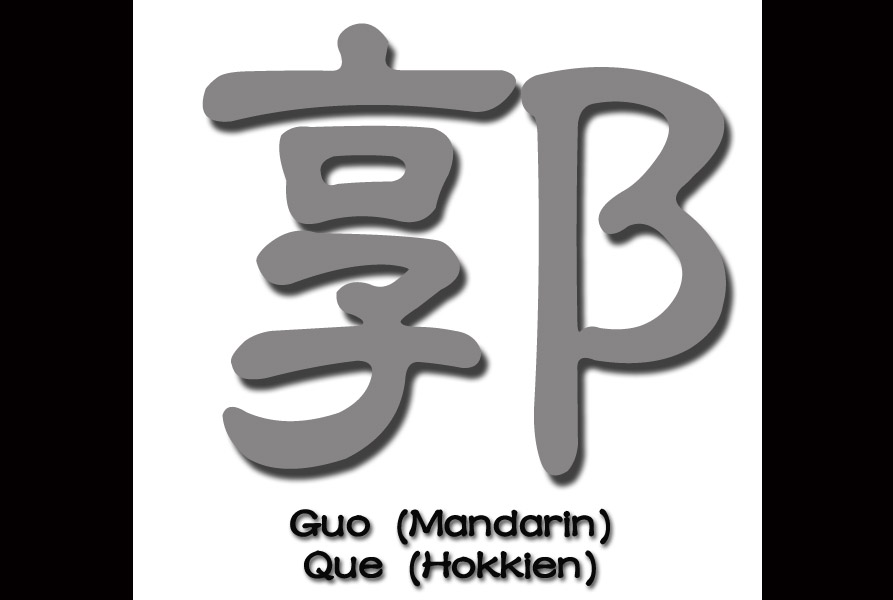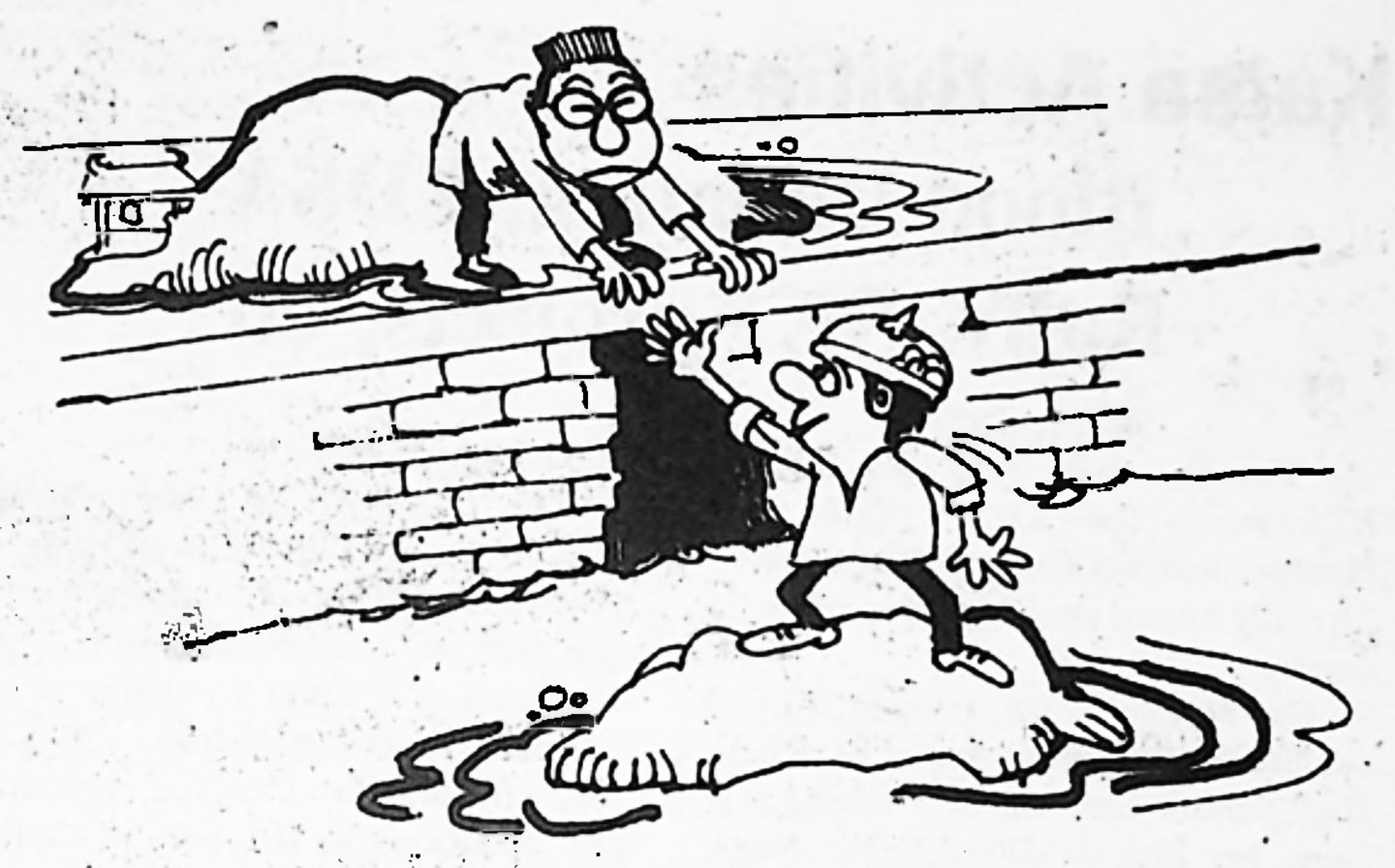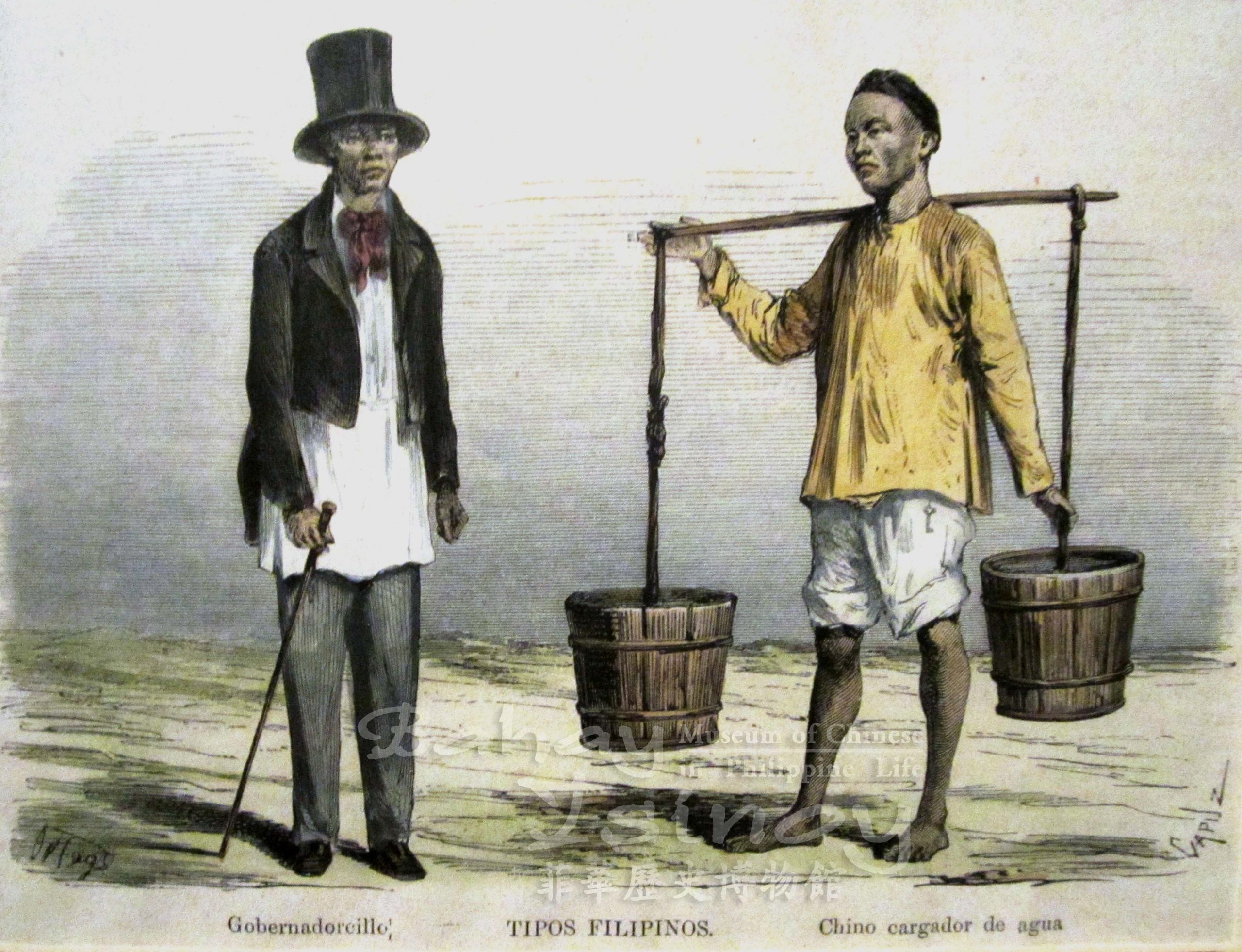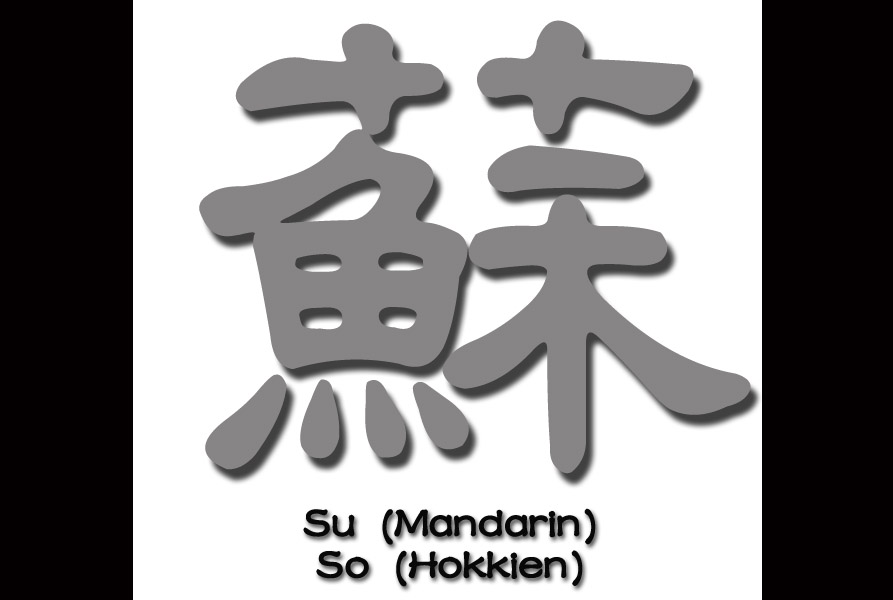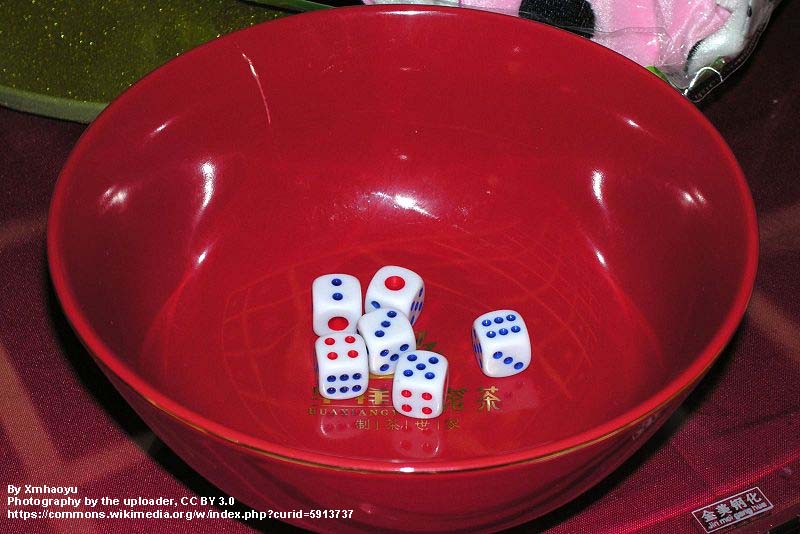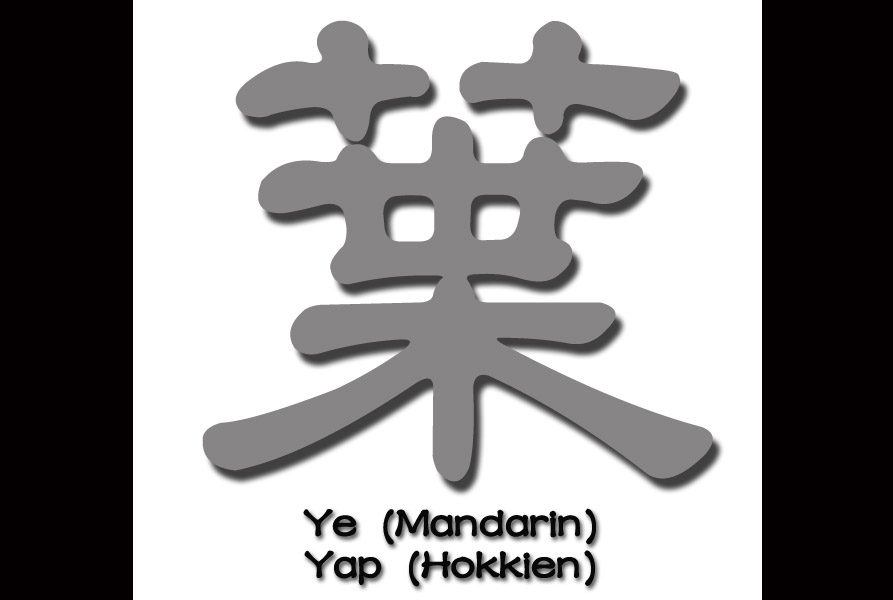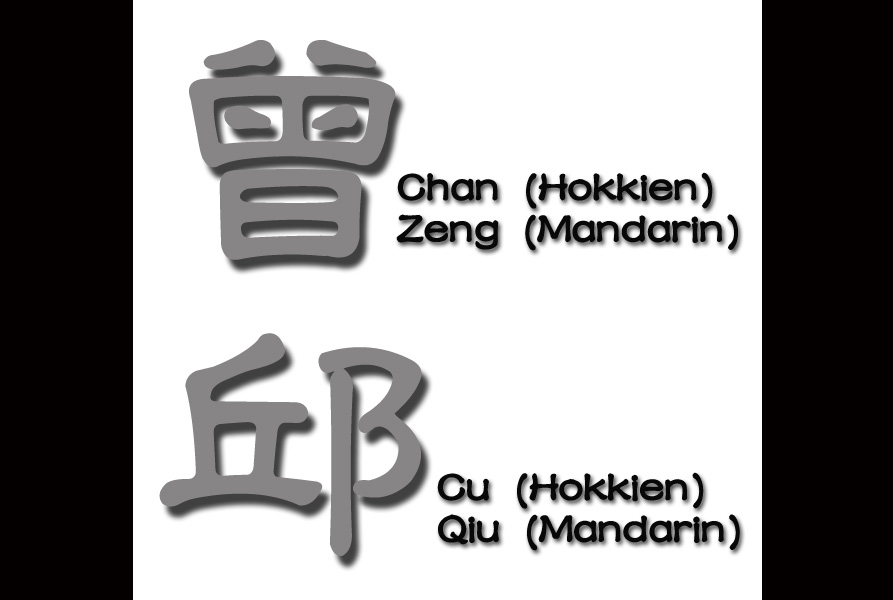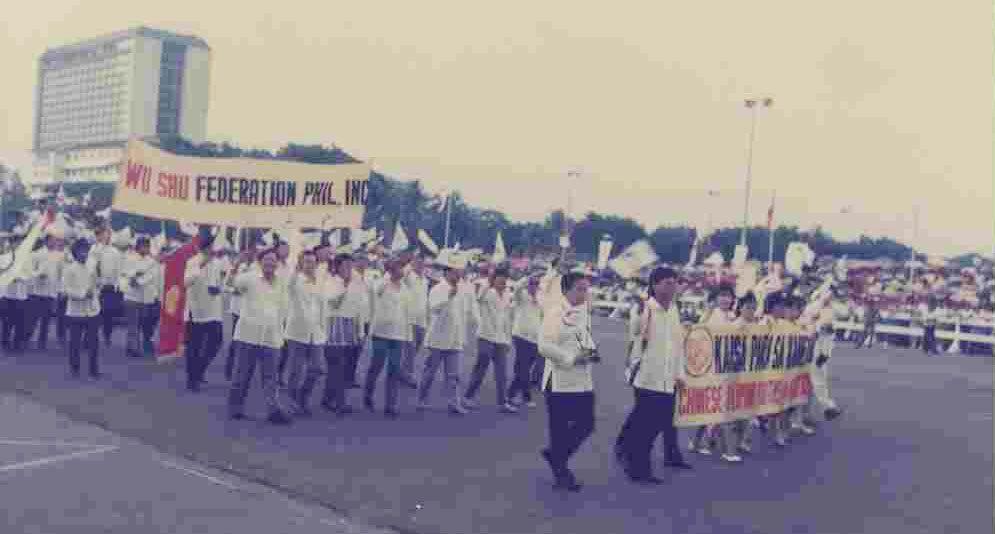Excerpted from “Chinese in the Philippine economy: Facts and myths” published in Tulay Monthly, Chinese-Filipino Digest 1, no. 12 (May 14, 1989): 5. Ninety percent of the Chinese in the Philippines are productive citizens permanently residing in this country. Therefore, their capital and their businesses are part of the native economy. Their profits are re-invested […]

